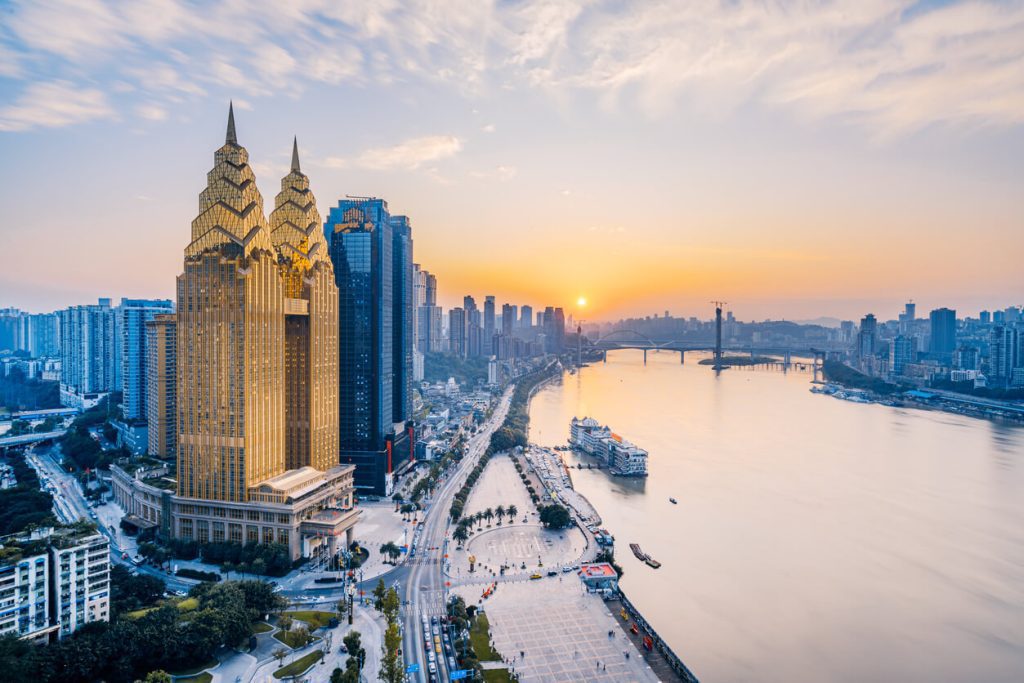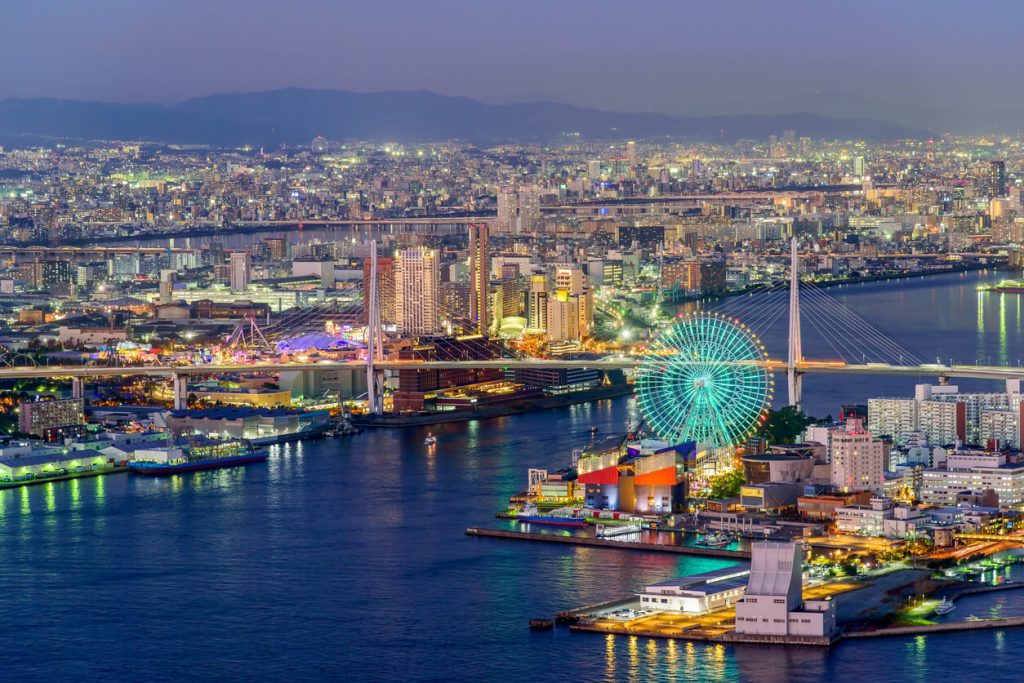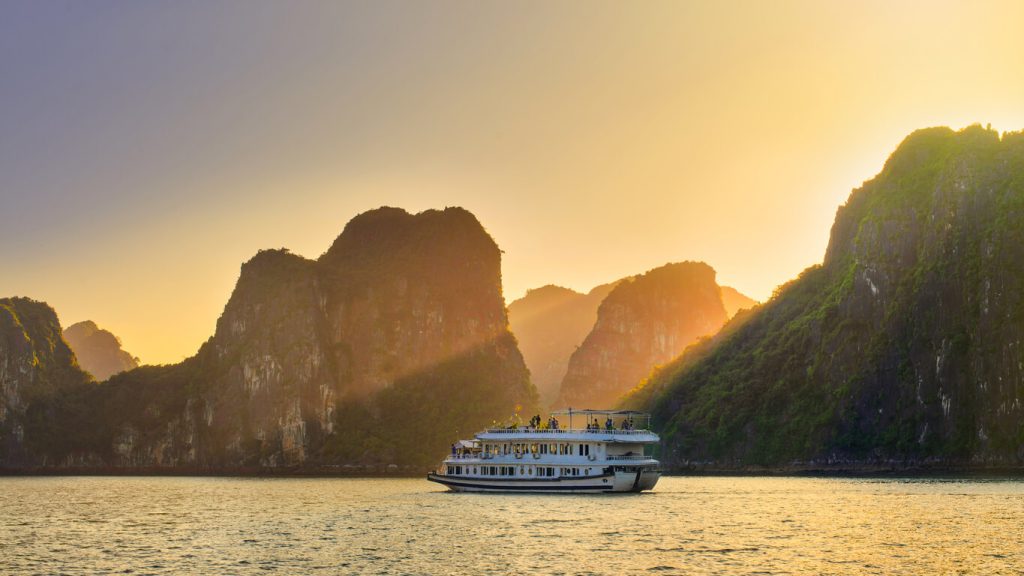Asia is a massive and culturally diverse continent, and the holiday options available reflect that. Asia has many areas of outstanding natural beauty and cultural experiences to suit every traveler. Typically, when people have travelled to or around Asia, the focus has been inland cultural epicenters or beach resorts, but this has been changing. The cruise industry within Asia has been growing at an amazing speed in recent years. This has transformed the already popular tourist destination into an even more desired travel location. Cruising offers a different way to see each different part of Asia, as well as simplifying the travel process. The growth of the cruise industry has changed the face of Asian tourism.
Why is cruising so popular in Asia?

There are a number of reasons for the popularity growth of cruising in Asia, from a population with higher disposable incomes to investment in infrastructure. The expanding middle-class population in Asia is a significant reason for the increase; more people can access these experiences. Cruises provide a hassle-free option for a holiday; due to the low levels of planning required and the availability of amenities, this is appealing to the growing number of people who are time-poor. Infrastructure within many Asian countries and cities such as Singapore, Shanghai, Hong Kong, and Yokohama are being invested in to improve the ports. This results in these locations being able to accommodate larger cruise ships and provide more options for travelers. As the interest in cruises has grown, the cruise lines have adapted to the new audience and built itineraries and experiences that suit Asian travelers.
Popular Destinations

The locations available to travel to contribute to the appeal of cruising in Asia. Japan’s cultural heritage and scenic location has made it a popular cruise location for international tourists and locals alike. Places like Tokyo, Yokohama, and Osaka can be gateways to historic temples, vibrant cities and stunning landscapes. Singapore, Thailand and Vietnam, are a range of areas in southeast Asia that will be visited as multiple stops in one journey, enabling people to visit more than one place within one trip. This method has increased the appeal of cruises, as people are able to expand their traveling to include other locations. With major ports such as Shanghai and Tianjin, China is easily accessed, making it a popular destination for cruise ships. China is a favourite location for dynamic cities and significant historic sites.
Future Trends of Asian Cruises

Cruising in Asia has grown in popularity recently, causing the industry to change. However, this will not be the end of the changes within the industry. As technology continues to develop, cruise lines will strive to adapt to these technological changes to improve customer experiences and assist in booking. Using AI and data analytics, cruise lines are able to tailor experiences to individuals and anticipate needs ahead of time. Some of these technological advances can aid in the changes towards more sustainable practices within the industry. Environmental concerns are a crucial element to bear in mind when cruise lines are looking into their future. Many Asian cruise lines are already looking into how to adopt sustainable practices, such as reducing waste and protecting popular locations from damage. Homeporting is becoming increasingly popular in Asia, this is the process of starting and ending a cruise in the same port. This is set to grow even more as it offers convenience for the traveler and cruise staff, as well as providing economic benefits to the port cities.
The cruise industry in Asia is on an exciting trajectory, with growth driven by a strong middle class, improved infrastructure, and innovative cruise offerings. As the industry evolves, it will play a crucial role in shaping the region’s tourism landscape.



